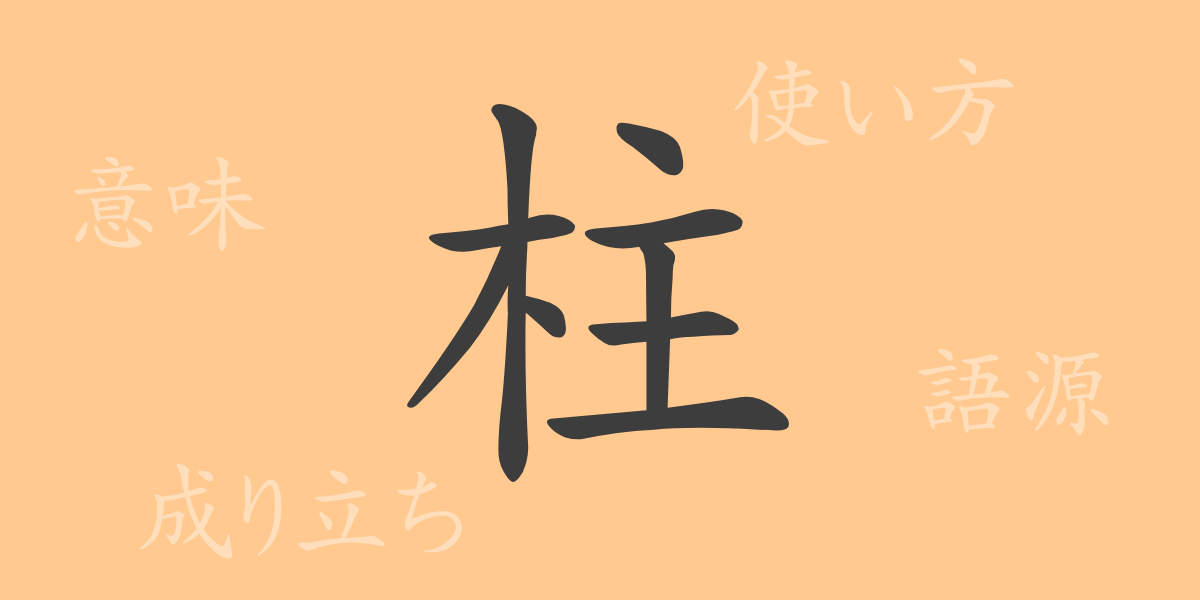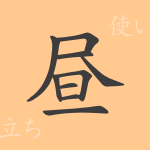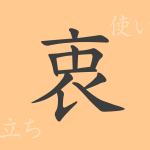The Kanji ‘柱(はしら)’ transcends mere architectural terminology, embodying a range of expressions and meanings within the Japanese language. This article delves into the origins, contemporary usage, readings, stroke count, and radical of ‘柱’, as well as idioms, proverbs, and phrases that feature this Kanji. Let’s explore the allure of ‘柱’ as a commonly used character from multiple perspectives.
Origins of ‘柱(はしら)’
The Kanji ‘柱’ originated in ancient China, comprising the radical ‘木’ (wood) and the phonetic element ‘主’ (master). Initially denoting a crucial structural component in buildings, its usage evolved over time to encompass metaphorical meanings. In Japan, influenced by Chinese culture yet uniquely adapted, ‘柱’ has become deeply ingrained in both the language and culture.
Meaning and Usage of ‘柱(はしら)’
‘柱’ directly refers to a vertical support or pillar in buildings or structures. Beyond this, it abstractly denotes the concept of support, representing central or foundational elements in various contexts. For instance, ‘家族の柱(かぞくのはしら)’ refers to a family’s main provider, and ‘計画の柱(けいかくのはしら)’ describes the core ideas or policies of a plan.
Readings, Stroke Count, and Radical of ‘柱(はしら)’
The Kanji ‘柱’ is pronounced and structured as follows:
- Readings: On’yomi ‘チュウ’, Kun’yomi ‘はしら’
- Stroke Count: ‘柱’ consists of 9 strokes.
- Radical: The radical for ‘柱’ is ‘木’ (wood), categorizing it among Kanji related to wood.
Phrases, Idioms, and Proverbs Involving ‘柱(はしら)’
‘柱’ appears in various Japanese idioms and phrases, each reflecting the Kanji’s essential meanings:
- ‘家の柱(いえのはしら)’ – The main support of a household, referring to the central figure in a family.
- ‘柱にする(はしらにする)’ – To use something as a basis or foundation.
- ‘柱の影を踏まず(はしらのかげをふまず)’ – An expression meaning to avoid direct involvement.
- ‘四柱推命(しちゅうすいめい)’ – A method of fortune-telling based on four pillars: year, month, day, and hour.
Conclusion on ‘柱(はしら)’
This exploration into the Kanji ‘柱’ highlights its profound meanings and multifaceted usage within the Japanese language. From architectural significance to metaphorical expressions in daily life, ‘柱’ plays a vital role in our linguistic landscape. Studying such Kanji enriches our understanding of culture and the intricacies of language.

























